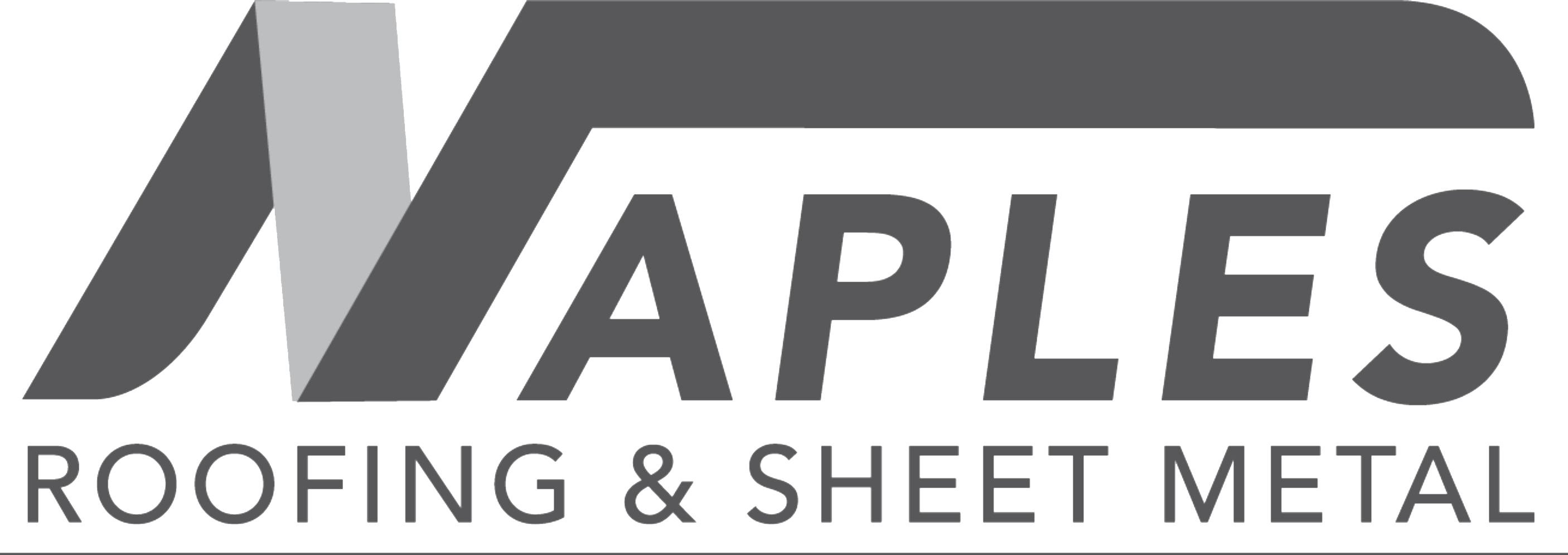How Weather Affects Your Industrial Roofing Choices
When it comes to industrial roofing, weather plays a pivotal role in determining the best materials and installation methods for your building. Industrial roofs are subjected to a range of environmental conditions, from extreme temperatures to heavy precipitation, which can significantly impact their performance and longevity. Understanding how weather influences your roofing choices can help you make informed decisions, ensuring that your roof withstands the elements and provides long-term protection for your facility. For expert guidance and installation, consider consulting commercial and industrial roofing contractors in the USA who have the experience and knowledge to handle these weather-related challenges effectively.
Here are the major key points:
Temperature Extremes
Industrial roofs must endure varying temperatures, which can affect different roofing materials in diverse ways:
- Hot Climates: In regions with high temperatures, roofing materials must be able to handle intense heat without deteriorating. Materials like metal roofing, which reflects heat, or heat-resistant modified bitumen, are ideal for such climates. They prevent excessive heat buildup inside the building, which can reduce cooling costs and enhance comfort.
- Cold Climates: Cold weather can cause materials to become brittle and prone to cracking. Roofing solutions like single-ply membranes or modified bitumen with a strong flexibility rating are better suited for cold climates as they can accommodate temperature-induced expansion and contraction. Additionally, proper insulation is crucial to prevent heat loss and ice dam formation.
Precipitation and Moisture
The type and amount of precipitation in your area significantly influence roofing material choices:
- Rain and Snow: Regions that experience frequent rainfall or snowfall require roofing systems that can handle water effectively. Materials like EPDM (ethylene propylene diene monomer) and TPO (thermoplastic olefin) are known for their excellent waterproofing capabilities. Additionally, the installation of proper drainage systems, such as gutters and downspouts, helps prevent water accumulation and potential leaks.
- Humidity: High humidity levels can lead to mold and mildew growth, which can damage roofing materials over time. Roofs in such environments benefit from moisture-resistant materials and ventilation systems that reduce humidity levels in the attic or under-roof spaces.
Wind Loads
Wind can exert significant pressure on industrial roofs, especially in areas prone to high winds or storms:
- High Winds: For locations susceptible to high winds, roofing materials must be able to withstand gusts without becoming dislodged. Metal roofing systems with secure fastening methods, or fully adhered single-ply membranes, offer enhanced wind resistance. It’s also crucial to ensure that the roof’s edge and perimeter are adequately reinforced to prevent wind uplift.
- Storms and Hurricanes: In hurricane-prone areas, roofs should be designed to endure extreme wind conditions. Impact-resistant roofing materials, such as reinforced metal panels or specially designed asphalt shingles, can help protect against storm damage. Additionally, ensuring that the roof is securely anchored to the building structure is vital for withstanding severe weather events.
UV Exposure
The impact of ultraviolet (UV) rays on roofing materials cannot be overlooked:
- UV Radiation: Prolonged exposure to UV rays can cause roofing materials to degrade, leading to reduced performance and lifespan. Materials with UV-resistant coatings or additives, such as certain types of modified bitumen or reflective coatings, can mitigate UV damage. Regular maintenance and inspections also help in identifying and addressing UV-related wear before it becomes a significant issue.
Local Building Codes and Regulations
Weather conditions often influence local building codes and regulations, which in turn affect roofing choices:
- Compliance: Different regions have specific codes that address roofing requirements based on local weather patterns. It’s essential to familiarize yourself with these codes to ensure that your roofing system meets all necessary standards for durability and safety.
- Insurance Requirements: Insurance providers may also have stipulations based on weather conditions. Choosing roofing materials that comply with these requirements can help in obtaining insurance coverage and potentially lowering premiums.
Maintenance and Longevity
Weather conditions affect not only the initial choice of roofing materials but also their long-term maintenance:
- Maintenance Needs: Different materials have varying maintenance requirements based on weather exposure. For instance, roofs in areas with heavy snowfall may require regular snow removal to prevent excessive load and potential damage.
- Longevity: Understanding the local weather conditions helps in choosing materials that offer the best longevity and minimal maintenance. Therefore investing in high-quality materials and proper installation can extend the life of your roof and reduce long-term costs.
Conclusion:
Weather plays a crucial role in determining the most suitable industrial roofing solutions for your facility. By considering factors such as temperature extremes, precipitation, wind loads, UV exposure, and local regulations, you can make informed decisions that enhance the durability, performance, and longevity of your roof. Working with experienced roofing professionals, including a skylights roofing contractor in the USA, who understands the local climate and can recommend the best materials and practices for your specific needs, is key to ensuring that your industrial roofing system stands up to the elements and provides reliable protection for years to come.


